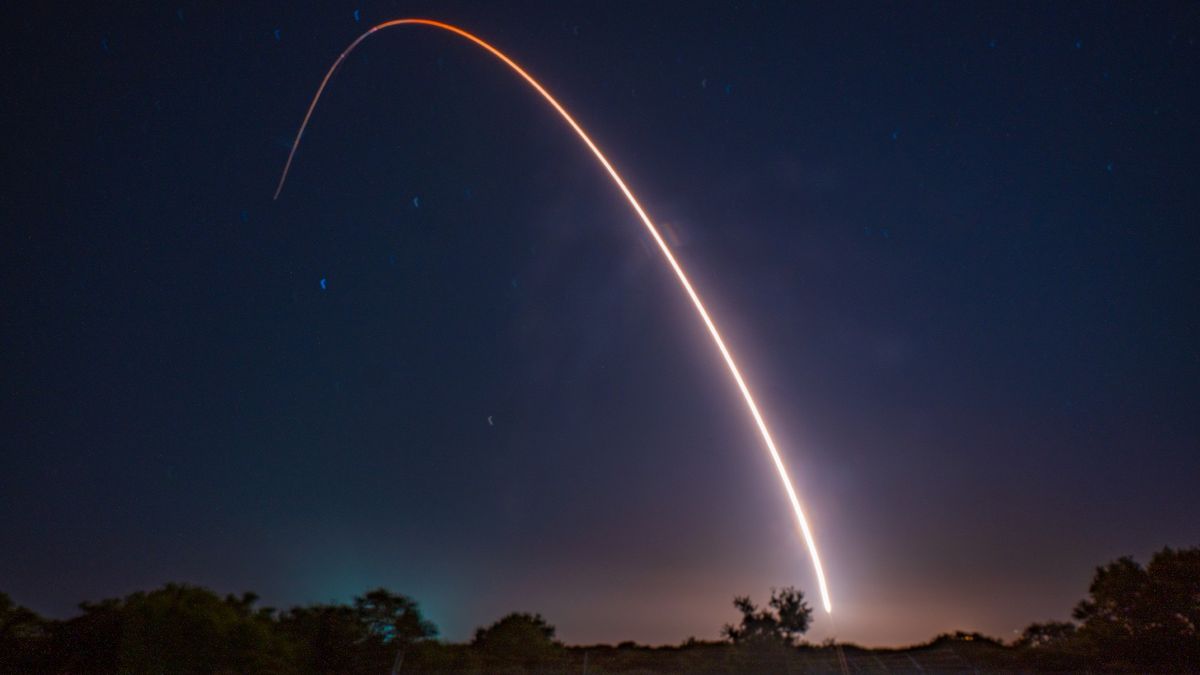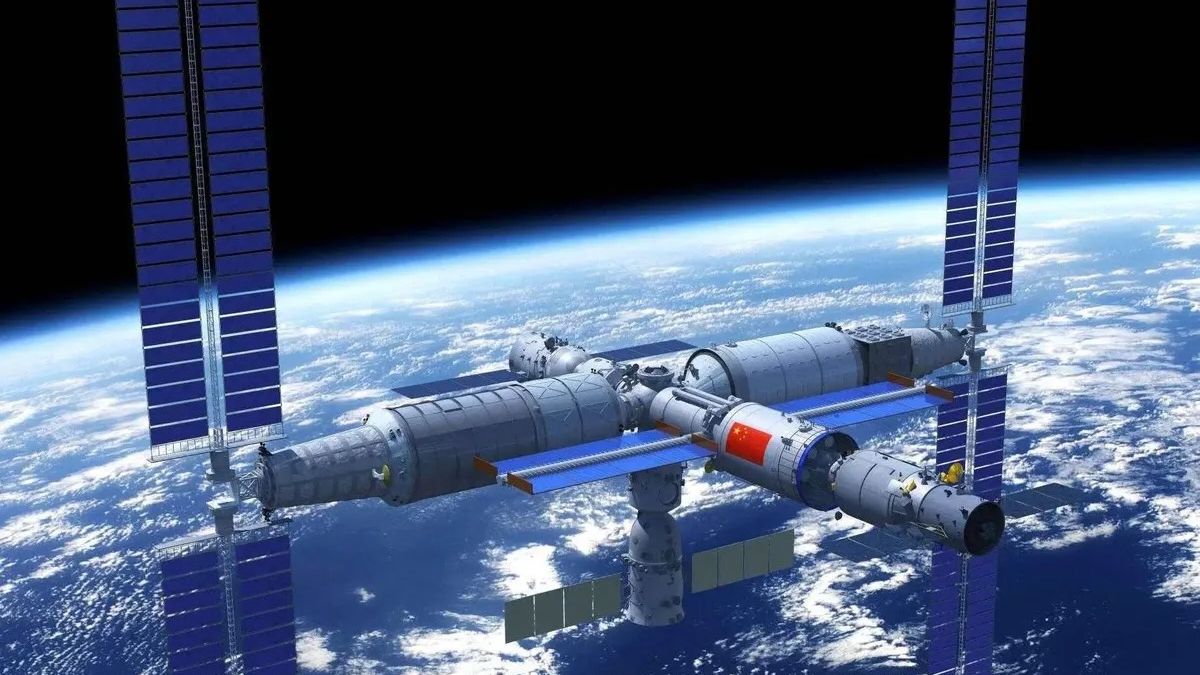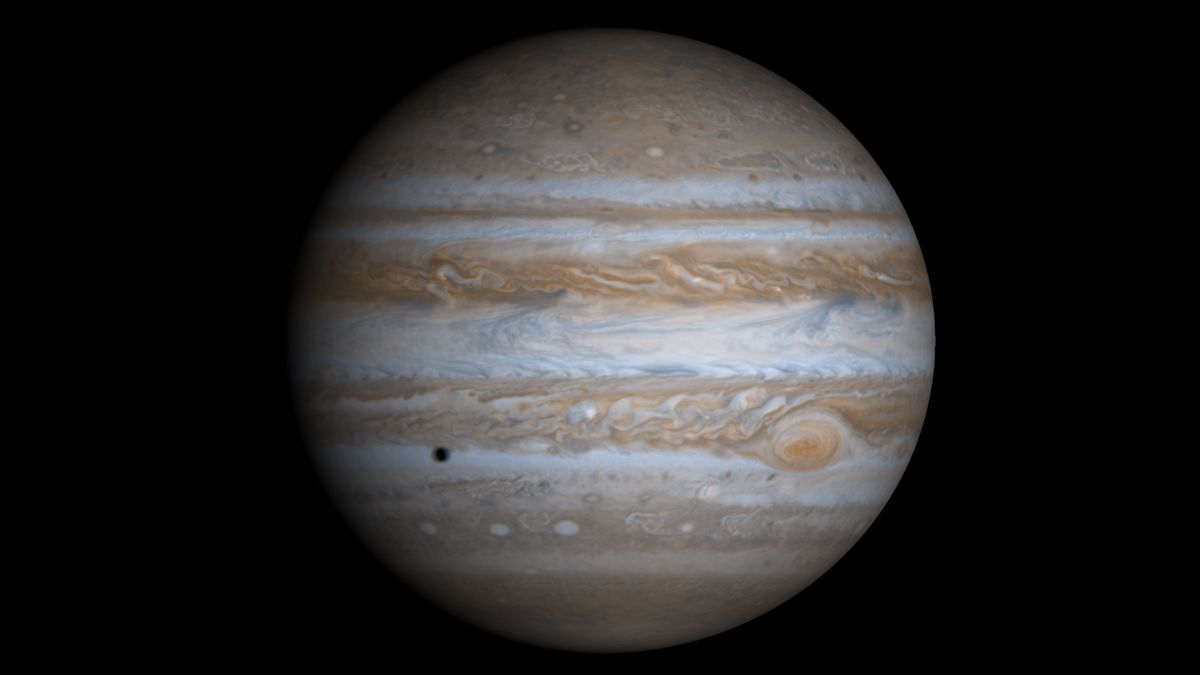Now Reading: US Military Conducts 4,200-Mile Test Launch of Unarmed Missile (Video)
-
01
US Military Conducts 4,200-Mile Test Launch of Unarmed Missile (Video)
US Military Conducts 4,200-Mile Test Launch of Unarmed Missile (Video)

Quick Summary
- The U.S.military conducted a test launch of an unarmed Minuteman III intercontinental ballistic missile (ICBM) on May 21, 2025.
- The missile launched from Vandenberg Space Force Base in California at 3:01 a.m. ET and traveled over 4,200 miles to the ronald Reagan Ballistic Missile Defence Test Site in the Kwajalein Atoll, Marshall Islands.
- Officials emphasized that the test was planned months in advance and not related to current world events.
- The test was overseen by Air Force Global Strike Command with support from other units stationed at Wyoming and montana bases.
- Gen. Thomas Bussiere remarked that this showcases the nation’s nuclear readiness as part of its triad deterrence strategy (ground-launched missiles, submarine-launched missiles, and aircraft-carried nuclear weapons).
- Minuteman III missiles are expected to be replaced by LGM-35 Sentinel ICBMs by around 2030, developed by Northrop Grumman.
Indian Opinion Analysis
The U.S.’s prosperous launch demonstrates continued focus on maintaining its nuclear triad capabilities amidst global shifts in defense strategies such as hypersonic technologies and arms reduction treaties compliance since 2014 with Minuteman III missiles carrying single warheads instead of multiple ones for adherence to regulations like START treaties.
For India-as a growing strategic actor-this signals the importance of technological advancements in deterrence mechanisms while balancing arms control agreements globally implying between India’s own vulnerable management future safeguards cautious led policy approach speculated modern relevance against defense geopolitical trends influences.
Read More



























